
Himalayan salt comes from Pakistan in the Punjab region. It has a stunning reputation and is often seen as being much more powerful than regular table salt, with the ability to fight respiratory diseases, help to regulate blood sugar levels, and even help with your libido. Could all of this really be true? Is Himalayan salt good for you?
First of all, let’s talk about the salt itself. Himalayan salt is mined in Pakistan, in the Punjab region. The pink color comes from trace minerals, minerals that also give the salt its distinctive flavor.
These trace minerals are partly why Himalayan salt is thought to be so healthy. Plus, the salt doesn’t come from modern oceans, which are now highly contaminated. That should make it a healthier choice, right?
Is Himalayan Salt Good For You?
- Potential Benefits Of Himalayan Salt
- Why Himalayan Salt Isn’t As Good As It Seems
- Should You Drink Himalayan Salt Water In The Morning?
- Is Himalayan Salt Lower In Sodium Than Table Salt?
- Final Thoughts
Potential Benefits Of Himalayan Salt
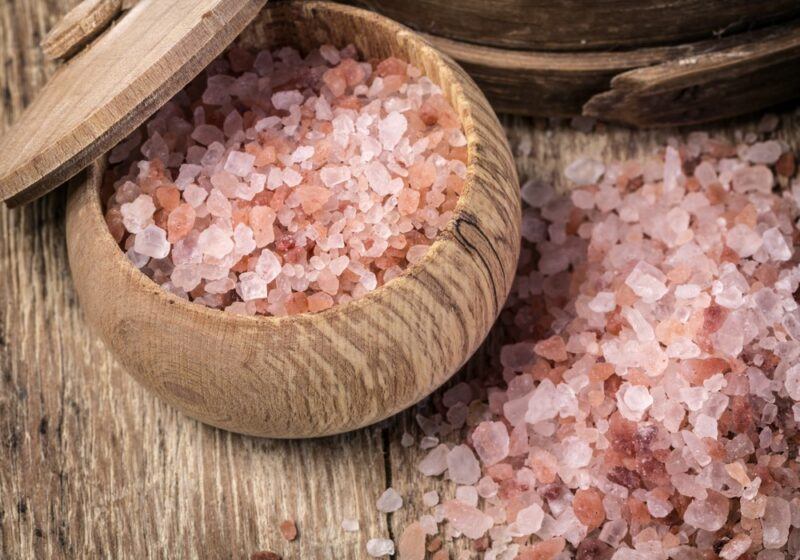
Himalayan Salt Therapy May Improve Health
Some research has focused on using salt therapy to help with your breathing, particularly for conditions like COPD. The practice is known as halotherapy and it tends to happen in spa-like rooms.
Halotherapy might also have other benefits, like helping to decrease symptoms of depression and anxiety, calming down a cough, or helping you breathe better.
The evidence for halotherapy is limited, so it’s still considered a type of alternative treatment. The practice can have side effects too and won’t work well for everyone. Still, it’s an interesting idea that could be worth trying.
While halotherapy can be conducted with regular salt too, Himalayan salt versions are becoming increasingly popular.
Can Help Prevent Hyponatremia
Excessive sodium intake is a well-known problem, but did you know that your sodium levels can sometimes be too low instead? This is known as hyponatremia and sometimes occurs when you lose a considerable amount of sodium through exercise and then rehydrate with just water.
Other situations can cause hyponatremia as well, including some medical conditions and medications, along with being too enthusiastic with your water intake.
The solution to the problem is simple – consume more sodium. Himalayan salt does the trick just as well as regular table salt.
It’s Less Refined Than Table Salt
Table salt goes through purifying and refining processes, which help to remove impurities. Anticaking agents are sometimes added as well, and some companies include iodine.
While the processing isn’t excessive, you might prefer to have less processed ingredients in your diet. If so, Himalayan salt is a good choice.
You Might End Up Iodine Deficient
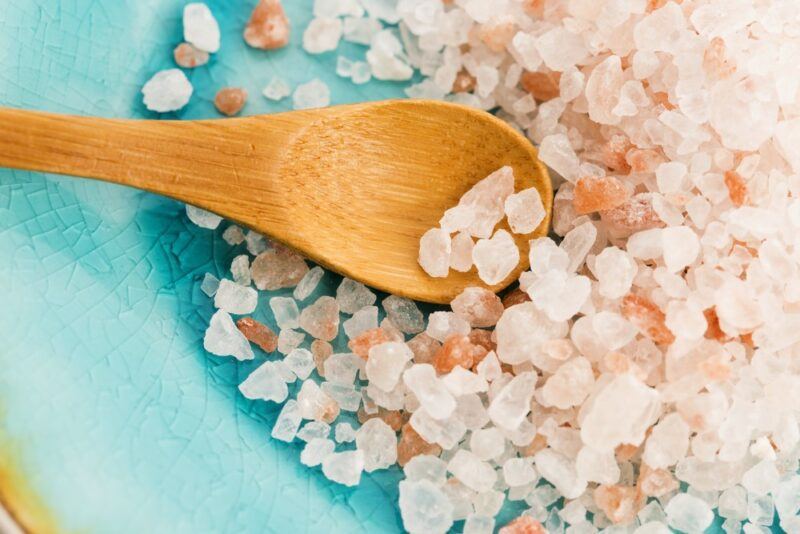
Table salt often has added iodine and helps to lower the risk of iodine deficiency. This isn’t the case for Himalayan salt at all.
In fact, if you switch from table salt to Himalayan salt without making any other changes, you could quickly end up being iodine deficient, which could have adverse effects on your thyroid.
Thankfully, there are other iodine rich foods that you can turn to. Make sure that you eat some of these regularly if you do plan to use Himalayan salt.
Might Improve Your Heart Health
While this sounds odd, some theories suggest that very low sodium diets are just as dangerous for our hearts as high sodium ones.
There’s a ton we don’t know here, as experimental research on the effects of salt changes is very difficult to do. Still, observational studies are promising, suggesting that in some circumstances, increasing your salt intake might be just what your heart needs.
Don’t take this as a license to go overboard with salt, though. This theory suggests that very low salt intake is a bad thing, perhaps down to 3 grams of sodium per day. Most of us, however, are already consuming much more than this.
Could Have Holistic Properties
There’s one final claim to talk about – that Himalayan salt has holistic properties, such as how it may promote a ‘healthy balance’ and contains ‘vibrational energy’.
Needless to say, there are no studies to support such ideas. Could the effects still happen? Probably not, but there’s no way to know for certain right now. There are still many things in this world that we don’t understand.
Perhaps Himalayan salt really does have some mystical properties that change your health. Don’t hold your breath, though. There’s a much greater chance that it doesn’t.
Something similar can be said for Himalayan salt’s ability to help you detox. This effect is possible, not very likely. Our bodies have plenty of mechanisms for detoxing. The best way to help these processes is to choose nutrient-packed foods that help support the function of your organs.
That description certainly doesn’t apply to Himalayan salt.
Why Himalayan Salt Isn’t As Good As It Seems
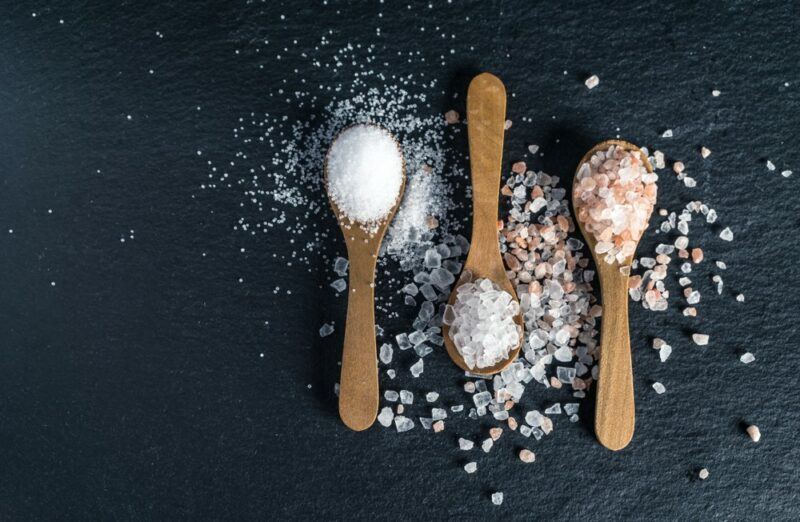
The benefits we’ve just talked about make Himalayan salt sound amazing. It’s not at all surprising that there are so many articles raving about the salt and how it can help you. Yet, there are some serious limitations too.
It’s Still A Major Source Of Sodium
There’s no getting around it. Himalayan salt is mostly salt. This means it’s a highly significant source of sodium, which often isn’t what you need.
While sodium is an electrolyte and plays critical roles in our bodies, most of us don’t suffer from too little sodium. After all, sodium is everywhere in modern diets. It’s prevalent in processed food. Most of us use it when we cook too and then season the finished dish with even more salt.
Such patterns can quickly become a problem, as high sodium intake means your body starts holding onto fluid, leading to increased blood pressure and a greater risk of heart disease. Water retention is another common side effect.
Because of this, it’s important to pay attention to the amount of sodium you consume and you lose. If you exercise intensely and don’t eat processed foods often, you may need more sodium in your diet. However, if your exercise is moderate or if you rely on processed foods heavily, you’ll probably need to cut down your sodium intake instead.
May Harm Your Bones And Kidneys
Sodium is most well-known for how it can increase your blood pressure and raise your heart disease risk. However, high sodium intake has other effects as well.
One of these is to increase your risk of chronic kidney disease. Anyone who already has kidney disease should be particularly cautious with their sodium intake to slow down the disease’s progression.
Bone problems are a risk as well, as excessive salt intake can lead to calcium leaching out of your bones. That effect might increase the risk of conditions like osteoporosis.
The Mineral Content Is Low
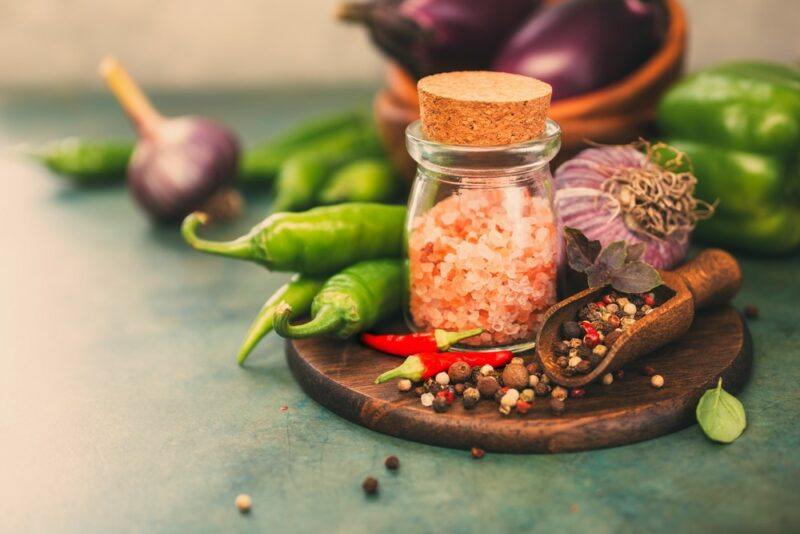
Himalayan salt does contain more minerals than regular salt. However, we’re still talking about incredibly small amounts of minerals. What’s more, you’re never using very much salt at a time.
This means that the minerals in the salt will only ever contribute a tiny amount to your daily needs. For most people, the minerals won’t make any difference at all.
For the minerals to be significant, you’d need to be consuming large amounts of salt, perhaps a teaspoon or more per serving. Doing so would do more harm than good, as you’d be consuming an excessive amount of sodium.
It Can Be Contaminated
Himalayan salt is often promoted as being incredibly pure and much more natural than table salt. After all, it comes from ancient oceans, so it’s not subject to the same contamination that you find in modern oceans.
Yet, chemical analysis of Himalayan salt shows that some products have been contaminated with heavy metals, including lead.
This is a particular problem if you’re consuming Himalayan salt regularly, perhaps at every meal. The heavy metal content would quickly add up, easily leading to significant health issues.
Himalayan salt isn’t always contaminated. You may be able to find a reliable brand that regularly tests their product and is certain that it’s safe and healthy.
Should You Drink Himalayan Salt Water In The Morning?
Some articles suggest that starting the day off with Himalayan salt water is a powerful idea. Doing so is meant to help hydrate you, improve your digestion, prevent headaches, and improve your energy levels.
Some of these benefits are true, but mostly just if you happen to need more salt to begin with. If you’re already getting enough salt through your diet, then having a glass of salt water in the morning isn’t going to help you much. If your salt intake is higher than it should be, then a glass of salt water is likely to make your health worse, not better.
Is Himalayan Salt Lower In Sodium Than Table Salt?
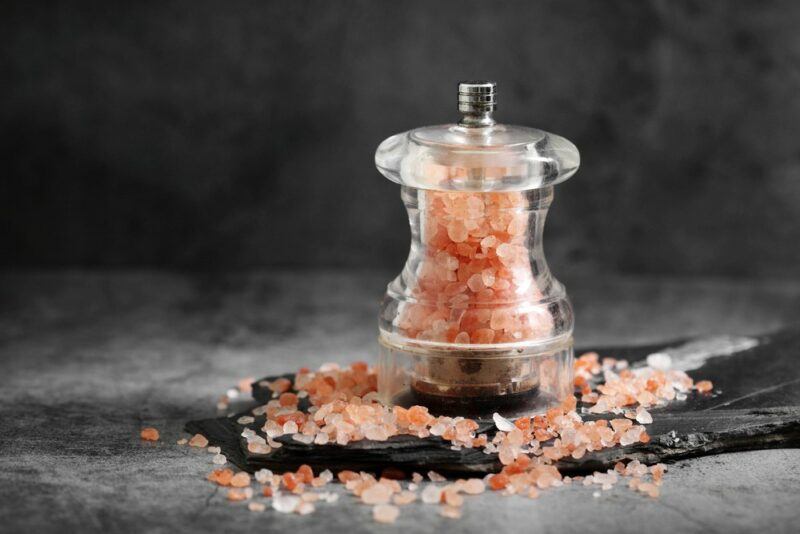
Some articles say that pink Himalayan salt is lower in sodium than regular table salt, including suggestions that you get a third less sodium in a tablespoon of Himalayan salt.
However, this claim isn’t entirely accurate. The two types of salt have the same basic chemical structure. They’re also both roughly 98% sodium chloride.
Any difference in sodium content may simply come from the fact that Himalayan salt tends to be ground more coarsely than regular table salt, so you get less sodium in a teaspoon of Himalayan salt compared to one of table salt.
Even if there is some difference in sodium content, it’s likely to be tiny. You’ll never dramatically change your sodium intake by choosing Himalayan salt over regular table salt.
Final Thoughts
Himalayan salt is less processed than regular table salt and offers some trace minerals, but don’t expect it to radically change your life. The mineral content is too low to make much of a difference at all.
In most ways, you’re simply getting sodium chloride.
This isn’t entirely a bad thing. While sodium has a bad reputation, it does play essential roles in our bodies. Cutting your sodium intake down too far can be just as concerning as getting too much of it.
That said, too much sodium can have some serious negative effects. Most of us already get plenty of sodium from our diets and we don’t need more.
So then, if you are going to use Himalayan salt, it’s essential to pay attention to your quantities. Please don’t treat the salt like it is some type of superfood just because it contains trace minerals and may have some other benefits. In the end, Himalayan salt is still mostly just salt and should be treated accordingly.
Frequently Asked Questions
Does Himalayan Salt Have Iodine?
Himalayan salt does naturally contain some iodine, but it isn’t intentionally iodized in the way that table salt is. Because of this, Himalayan salt is typically lower in the trace mineral and may not meet your iodine needs.
Is Himalayan Salt Sea Salt?
Himalayan salt isn’t sourced from the sea. It’s often classed as rock salt, as it’s mined from mountains in South Asia. However, you could also call it a type of sea salt because the salt originally came from ocean deposits.
Why Is Himalayan Salt Pink?
The pink coloring of Himalayan salt comes from mineral impurities. This means the salt is entirely natural. No additives are used to create the pink color.
Which Type Of Salt Is Healthiest?
Despite all the myths, all types of salt are roughly the same. Some, like Himalayan salt, do contain trace minerals. However, the amounts of these minerals are far too low to have any noticeable health impact.
Does Himalayan Salt Raise Blood Pressure?
Salt can easily cause a blood pressure increase, as it increases water retention. The strength of the effect varies from person to person, as some are much more salt sensitive than others.
Whether you use Himalayan salt or some other type of salt doesn’t make much of a difference here. Any type can raise your blood pressure in the same way.
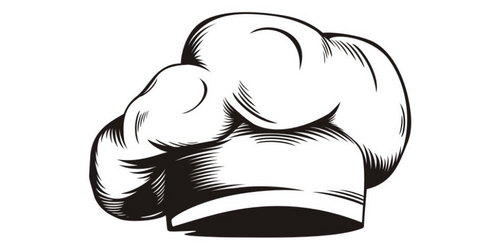




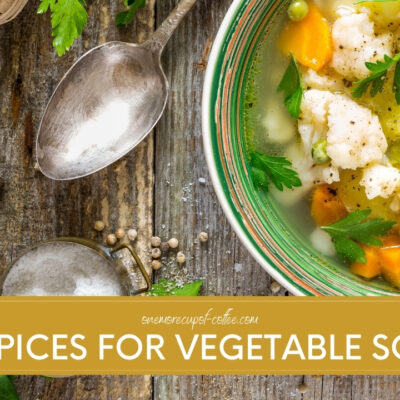









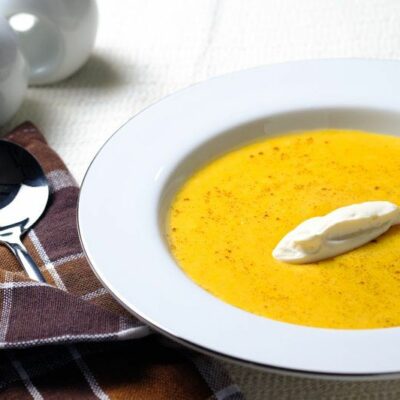

 5 Best Vegan Protein Powder Brands
5 Best Vegan Protein Powder Brands
Leave a Reply